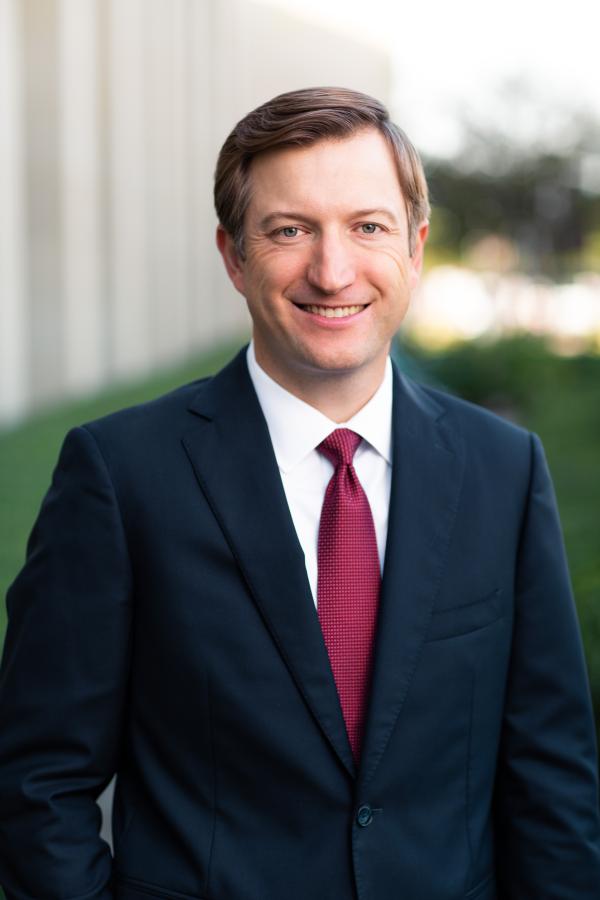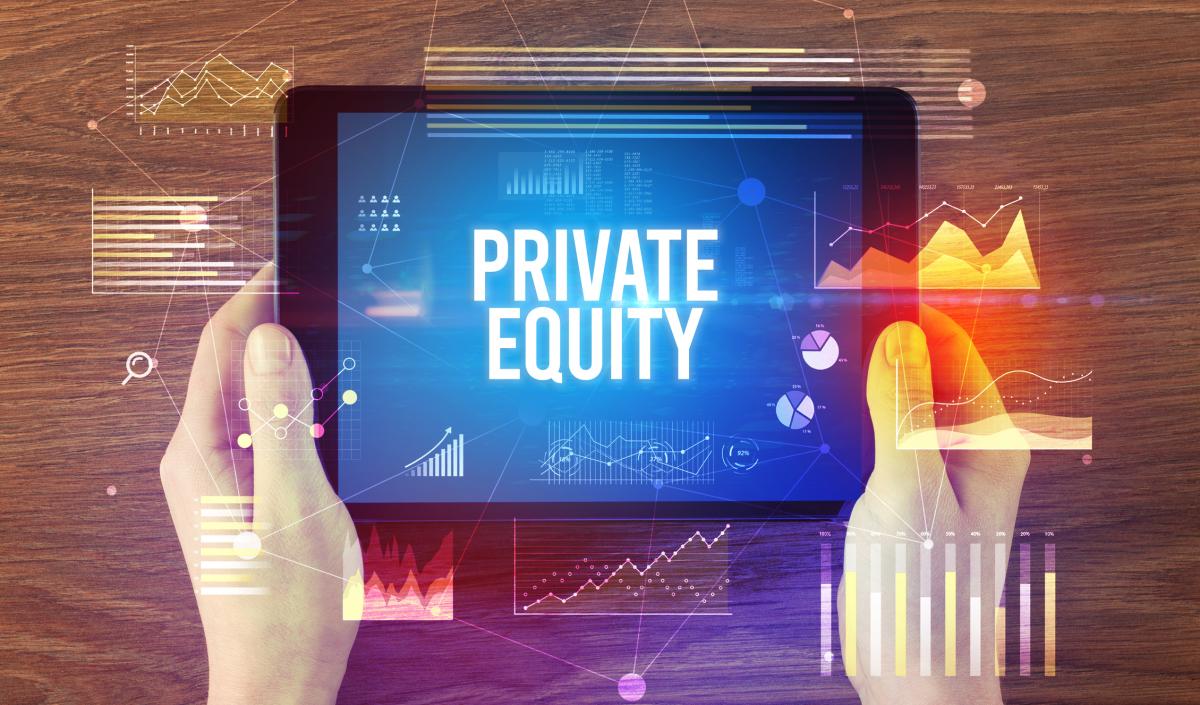Rush Harvey, CAIA, is Director of Investments at the Texas A&M Foundation.
An Allocator’s Perspective: What Really Matters Right Now?
The “Two Rs” of the Investment Process
The best GPs I have worked with have an investment process which is “Repeatable and Relevant”, my “Two Rs”. If I don’t understand why your process is both “Repeatable and Relevant” in the current market, it will be an uphill battle for us to do business. People change and markets evolve. Thus, relying on an investment process which a manager might believe is repeatable is not good enough. What worked for Funds I-VI might not work for Fund VII. LPs who have not invested in Funds I-VI deserve qualitative clarity and quantitative data (proof) which will help them to have confidence in the repeatability of the investment process and the assurance that Fund VII can be the best fund in the series.
Once repeatability has been established, relevancy is next. Stay with me, friends. The “Blockbuster Effect” in private markets is real. Buying Blockbuster stock was a good idea until Netflix came along. You don’t want to be like Blockbuster; you want to be like Netflix. Why don’t the same firms continue to be in the top quartile of any asset class? Still waiting on a response backed by data (hint: it’s not there). Firms with early success tend to believe that what has worked in the past will always work and they fail to evolve. Instead, they continue to repeat the same process which ultimately loses relevancy. LPs, especially with re-ups, need to ensure that they believe that a GP’s process remains relevant and has a chance to continue to generate top quartile performance. This is hard and there is a lot of judgement, but making these sorts of tough judgements is what LPs do for a living. From a GP selection standpoint, the goal is to pass on the last offering of Blockbuster stock (repeating an investment process which is not relevant) and instead get an allocation to Netflix at the seed stage. This is hard, really hard. What really matters is that GPs can help LPs to understand that any prior success is due to a “repeatable process” which is still relevant in the current market environment.
Efficient Interactions
Efficiency is key for initial interactions. If you cannot quickly and succinctly explain to an LP in five minutes (hopefully less) why your investment process passes the smell test of the “Two Rs” then it’s unlikely there will be much more dialogue. Most LPs have to explain a potential GP’s investment process to their constituents in five minutes or less, so think about that for a moment! If you can’t do it, good luck getting a potential client to “go to bat for you” in the boardroom. Apologies for being direct, but there are lots of opportunities, only so much capital to deploy and so many hours in a day. Welcome to the life of an LP! Attention spans keep getting shorter in our “swipe by swipe” world of content, and GPs can be much more efficient in telling their story to LPs. As the late and great Tom Petty said about writing a hit song, “Don’t bore us, get to the chorus” (Free Falling, anyone?). I’m talking about that first call and interaction, which may not be the only interaction. What really matters is getting a second call and/or an on-site meeting to dive deeper and get “in the weeds”. So, help yourself and schedule that intro call for 30 minutes!
Just Say No Respectfully…It’s OK to Pass
It’s like that time you waited for that nice guy or gal to call you back after the first date and it never happened. It’s not fun to sit around and wonder what you did or didn’t do right. For most GPs, some version of “this feeling”, hoping that a prospective LP gives feedback, responds to an email or, for goodness sakes, confirms they are passing on your fund in the market, is an ordinary occurrence. The act of “gracefully and respectfully saying no” is a lost art and LPs can do better even if they “have the money”. LPs are busy, do get inundated with messages from everywhere, and can’t spend all day talking to everyone about everything. This is common sense and not “new news”. However, reputations can be slowly built over time by simply being respectful. What an amazing concept, and it’s one which I feel is being lost in translation regarding prospective LP/GP relationships. What really matters is that feedback is a powerful mechanism for building relationships. If you want to pass on something, let the GP know as directly and respectfully as possible and wish them the best in raising capital. If you pass on ABC Partner’s Fund VII, you never know when you might need to reference that firm because they did a deal with XYZ Capital. This happens all the time and, if it’s a competitive process for you to get an allocation into XYZ Fund X, you had better believe that firms talk shop about LPs.
RVPI Is Nice…But
What ever happened to selling a company? Peak valuations combined with immense levels of dry powder available to GPs should be resulting in some nice realised gains for LPs. Reality is that LPs are living in a world of paper gains hoping that these awesome marks will somehow, someway and someday translate into DPI (realised gains) and actual liquidity. This is a real issue in VC Land, as up rounds of financing that used to take months are now, in some instances, taking days. Term sheets are signed without blinking an eye (who has time for that, anyway?) and growth is being priced as if it’s never ending. What really matters is that GPs need to think more about putting DPI points on the scoreboard when possible. Yes, LPs and GPs alike want to maximise returns. However, GPs make it hard on LPs when they come back to market (faster than ever, I might add) with no realisations and a bunch of RVPI (unrealised gains). They expect the fundraise to be done ASAP, when the reality is that there isn’t any “DPI meat on the bone” and LPs have to see if they can get comfortable with “RVPI scraps”. GPs that fall into the “emerging” category are at a big disadvantage in the current fundraising environment due to this. Indeed, their “more established” friends down the street have a better story to sell, not always to tell, but LPs are less willing to “take bets” and career risk in allocating to a GP who has nothing to show but RVPI. So go ahead, sell something! There has literally never been a better time to get liquidity for your LPs.
ESG, DEI…More Than Acronyms
We all hear about DEI and ESG in conversations with GPs, see the terms in pitchbooks as “new initiatives” and attend conferences about why LPs should care. GPs that choose to ignore the increasing focus from LPs and their constituents on ESG/DEI initiatives will lose mandates and fall behind; this much is clear in today’s investing environment. For LPs, what really matters is the fine line between “conversation/ideas/theory and execution”. What does this mean? Simply talking about something and having proof of successful execution are two different things. Paper gains versus liquidity, a version of “ESG/DEI RVPI versus DPI”.
LPs shouldn’t invest capital based on theories around these important concepts that will undoubtedly continue to gain in importance in boardrooms in the coming years, particularly in the United States. Instead, clear examples of execution by GPs tied to ESG/DEI ideals that can help LPs accomplish their fiduciary obligation to serve their respective institutions should be the focus. Can committing long-term capital to GPs managing ESG- and DEI-focused mandates be done without just “checking a box”? LPs and GPs alike need to start treating ESG and DEI as more than just acronyms and as opportunities for balancing the making of money with the making of some type of difference that can lead to positive change for the right reasons.
Let’s Get Together
It’s true that we can all do more business virtually, that travelling less has a lot of positives and that the world has changed. However, LPs still need opportunities to build and strengthen relationships and to be confident that their partners are executing their process. This has been more difficult than ever since March 2020. Investing through COVID-19, which continues, has made everyone pivot. Indeed, most LPs have gone from being “road warriors” to “Zoom aficionados”. I went from being excited about getting upgraded to the next class on United Airlines to wondering whether I could remember how to check in for a flight. “Zoom Fatigue” is a real term people use, so how can we all figure out ways to get together in the safest way possible? Socially distanced golf anyone? Count me in, but please write me down for six after missing that three-footer. We are all trying to get those magical 10,000 steps every day, so how about a stroll and some fresh air? An outdoor meeting, even if it’s over a coffee, can get us out of the house or, in some cases, the office! That doesn’t sound like a bad thing. No one knows the future of LP/GP interactions, but the fact that we need to spend time together will not change. What really matters is how the way in which we do it going forward will change, but if we can be flexible, kind and understand that everyone is doing their best to “figure it out”, we can maintain and grow our relationships. In the meantime, tee it up, go on that walk or order another espresso!
About the Author:
Rush Harvey, CAIA, is Director of Investments at the Texas A&M Foundation, which manages roughly $2.6 billion of endowed assets on behalf of Texas A&M University.

Mr. Harvey is primarily responsible for sourcing, diligence, hiring/firing recommendations, and monitoring current and prospective private investment managers across all global asset classes. Mr. Harvey also serves as a guest lecturer at Mays Business School and the Bush School of Government & Public Service at Texas A&M University. He holds a master's degree in Security Analysis and Portfolio Management from Creighton University and a bachelor's degree in Finance from Oklahoma State University. He is a CMT and CAIA charterholder.




